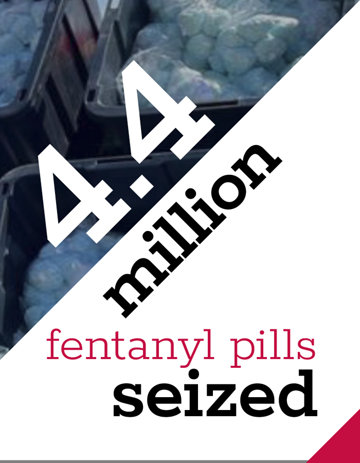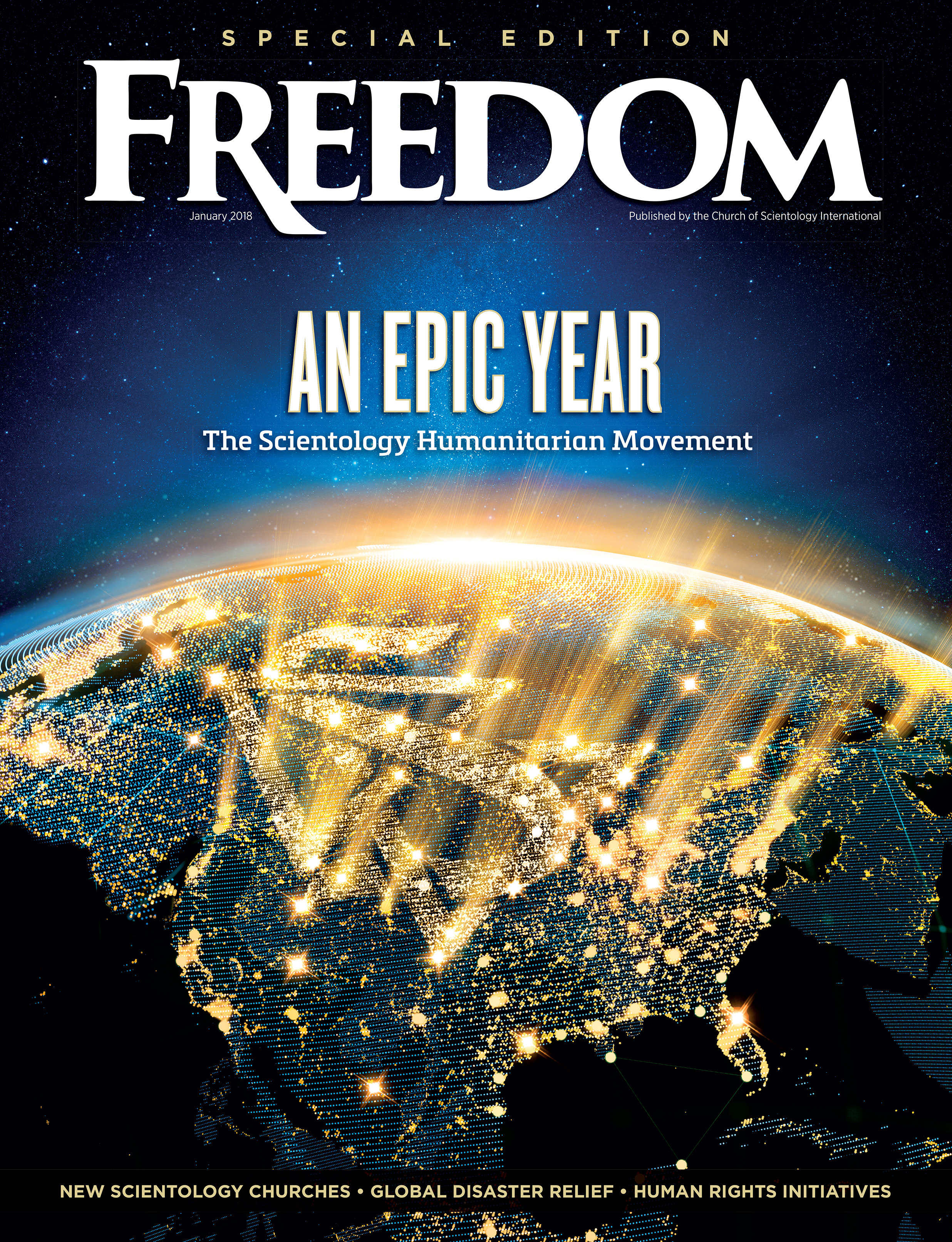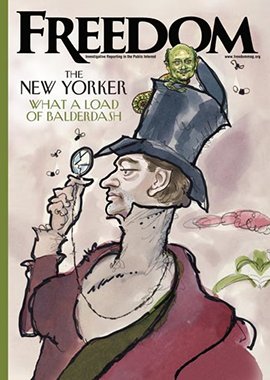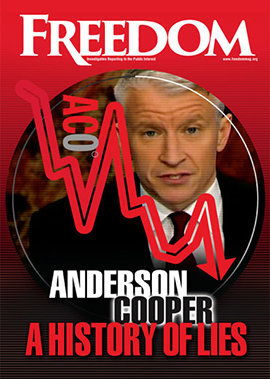This month, authorities in five states launched simultaneous raids, arresting 16 people—including twice-deported ringleader Heriberto Salazar Amaya—and confiscating 80 pounds of methamphetamine; more than 10 pounds of heroin; 20 pounds of cocaine; 25 pounds of fentanyl powder; and 4.4 million fentanyl pills, with the latter alone enough to murder an entire city.
Police also discovered and confiscated $4.6 million in cash, seven vehicles and 41 guns, including “ghost guns” manufactured without serial numbers.
“We will not tolerate those who profit from poisoning American citizens.”
It was the largest fentanyl bust in Drug Enforcement Administration (DEA) history. The raid removed a massive quantity of deadly narcotics from circulation and resulted in the arrest of key traffickers—part of a syndicate with ties to Mexico’s Sinaloa Cartel—who are now facing substantial prison terms.
In Albuquerque alone, as part of the operation, “authorities seized staggering quantities of illegal drugs and assets, including over 2.7 million fentanyl pills, 11.5 kilograms of concentrated fentanyl powder and 7 pounds of methamphetamine,” said Ryan Ellison, US Attorney, District of New Mexico. The raids also involved Arizona, Utah, Nevada and Oregon, which is where they found Amaya hiding out.
The officers involved, Ellison said, just “dismantled one of the largest and most dangerous fentanyl operations in US history.”
“We will not tolerate those who profit from poisoning American citizens,” he added.
When Amaya was arrested, police found no drugs. “The top guy—he insulated himself,” Attorney General Pam Bondi said. “He had no drugs on him.... That’s what these cartels do. The highest leaders insulate themselves.”
Of course, he did have $2.8 million in $100 bills stashed in his house, with no way to explain it. (It looks like the drug business, and the United States, had been very good to Amaya, but no longer.)

The gang was operating a delivery system much like Amazon’s, by which drug dealers would place orders for drugs and a courier would show up with their supplies and collect the cash.
On a wiretap, authorities heard Amaya directing the listener to deliver diez papas (10 potatoes), treinta tres cajas (33 boxes) and to put in diez leones (10 lions).
“Potatoes” was code for pounds of methamphetamine, “boxes” meant bundles of 10,000 fentanyl pills and “lion” indicated a specific type of fentanyl.
Amaya was previously tossed out of America twice before—once in 2010 and again in 2012—but there he was, living fat and happy in Oregon, and peddling drugs like candy from a vending machine.
And these dealers loved their flashy bling: $50,000 in jewelry was also confiscated.
“75,000 Americans are dying each year because of fentanyl,” Pam Bondi said. “These pills were stamped as ‘oxycodone’ and let that sink in. The streets of our country laced with fentanyl, labeled as oxycodone.”
Bondi added, “More seizures are coming. More arrests are coming.”
At 50 times stronger than heroin and 100 times stronger than morphine, fentanyl is deadly. It’s so strong, in fact, that two milligrams—the same amount as 10 to 15 grains of table salt—can kill you.
So the big question is, now that one massive drug syndicate has been put out of business, how many others, about which we may know nothing, are operating right now on a similar scale, poisoning and murdering thousands with impunity?
DEA Acting Administrator Robert Murphy said the case marked his agency’s “largest single seizure of fentanyl pills,” and added, “I remind the cartels that DEA is relentlessly in pursuit and will not stop until we destroy your networks.”






















